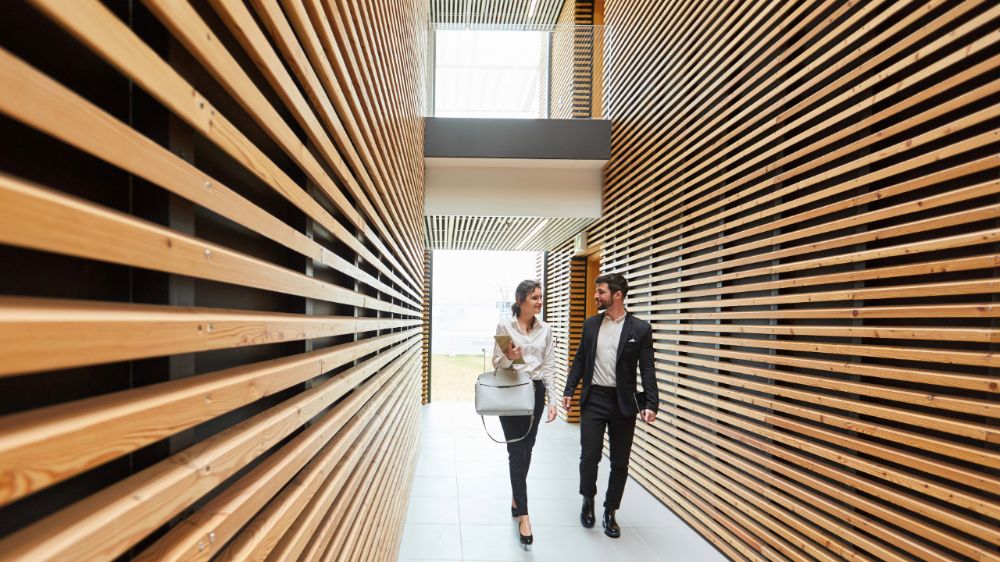Prioritizing Continuous Development

Winston’s Story
Winston had always prided himself on his reputation as a reliable architect. He had been in the industry for over 30 years and had designed everything from residential homes to large commercial buildings. His name was known in the community, and his work was often praised for its classic style and practicality. Winston believed that his experience spoke for itself. He had been successful for so long that he felt little need to embrace new trends or innovations in the field.
As the years passed, Winston became increasingly comfortable with his approach to architecture. He would focus on what had worked in the past—timeless designs, traditional construction methods, and familiar materials. He didn’t feel the need to attend conferences or workshops, and he seldom read industry publications. He believed that the fundamentals of architecture hadn’t changed much, and as long as he kept delivering quality work, he would continue to succeed.
But the world around Winston was changing. New technologies were reshaping the way architects approached design—building information modeling (BIM), sustainable and energy-efficient design practices, and innovative materials were becoming essential to staying competitive. The industry was evolving, but Winston didn’t see the urgency to keep up with these advancements. He thought, Why fix what isn’t broken?
Then came a pivotal moment: a new client approached Winston with a project that required cutting-edge design principles, focusing on energy efficiency and modern sustainability features. At first, Winston was excited by the opportunity to work on a large, high-profile building. However, as he began discussing the project with the client, he quickly realized that his knowledge of sustainable design was outdated. He had never worked with some of the new technologies the client was asking about, and when he started looking into eco-friendly building materials, he found himself struggling to understand the latest options.
Winston felt embarrassed. The realization hit him hard: his refusal to embrace continuous improvement and stay updated on industry developments had put him at a disadvantage. The world of architecture had moved forward, and he had been left behind.
Determined not to lose this valuable project, Winston made a bold decision. He reached out to colleagues in the field, attended workshops on sustainable architecture, and began reading up on the latest innovations. He dedicated time each week to learning about green building certifications like LEED, the latest advances in smart building technologies, and new software tools that could help him with design and project management.
At first, it was overwhelming. The learning curve was steep, and Winston had to push himself out of his comfort zone. But as he attended seminars and connected with younger architects who had embraced the new trends, Winston realized that these advancements were not just buzzwords—they were transforming the way buildings were designed, constructed, and maintained. He began to see how these innovations could improve his designs, making them more efficient, cost-effective, and environmentally responsible.
As Winston gained more knowledge, he began applying what he learned to his current project. He worked closely with experts in sustainability, integrating smart technologies and energy-efficient solutions into the design. The client was impressed with Winston's willingness to evolve, and the project turned out to be a stunning success.
The experience was a turning point for Winston. He realized that continuous improvement wasn’t just about keeping up with trends—it was about staying relevant and delivering the best possible outcomes for his clients. He began to embrace learning as a lifelong process, recognizing that the industry would always be evolving, and so should he.
Winston continued to invest in his professional development, attending industry conferences, enrolling in courses on cutting-edge architecture, and learning how to integrate technology into his designs. Over time, his work became even more dynamic and innovative. He began attracting clients who appreciated his commitment to both classic design and modern sustainability.
More than that, Winston felt reinvigorated by the process of growth. The more he learned, the more excited he became about the future of architecture. He was no longer just a passive observer; he was an active participant in shaping the future of his field.
Moral: In a rapidly evolving world, staying stagnant can hold you back. Continuous improvement and embracing new trends are key to staying competitive and ensuring that your work remains relevant, innovative, and impactful.

